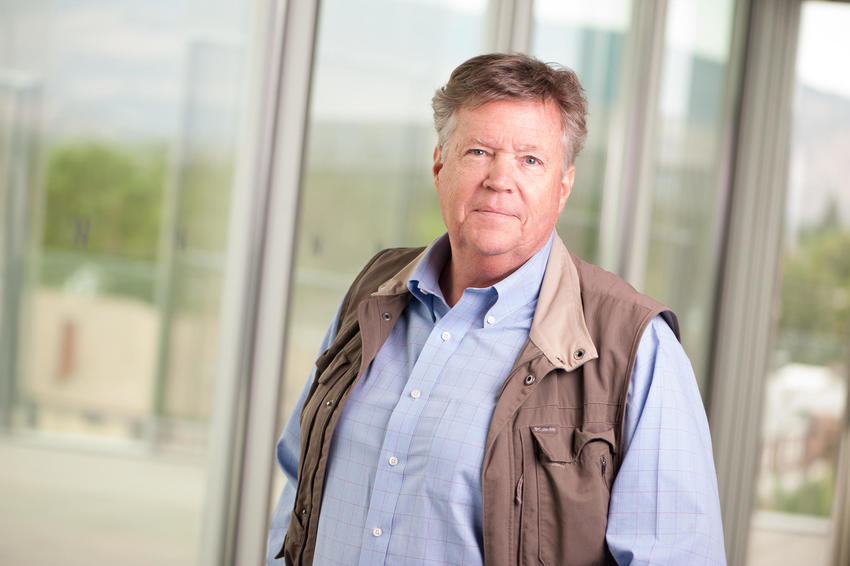
Bill Fox knows his way around the outdoors--its physical terrain and often obscure histories. Past lives have included stints as an accomplished climber, owner of an outdoor retail store, and even as a stuntman in the 1981 James Bond movie For Your Eyes Only. But Fox is best known for his remarkable scholarship on art and landscape, which balances rigorous research and a lyrical, open writerly style that appeals to audiences far beyond traditional art establishments. His keen eye for the ways in which the vast and variegated concept of landscape frames our encounters with it helps us see anew.
You have reached your article limit
Sign up for a digital subscription and continue reading all new issues, plus our entire archives, for just $1.50/month.
Already a subscriber? Sign in




